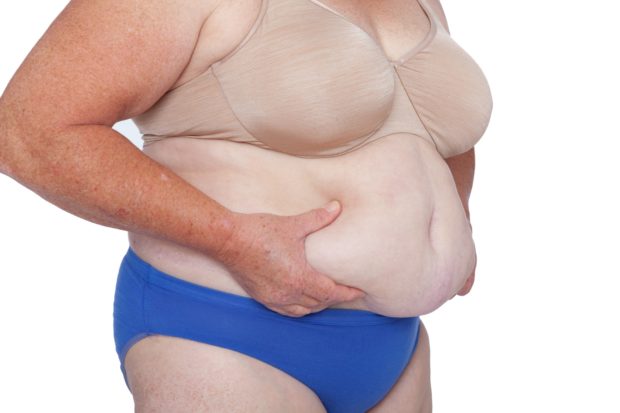Being ‘pear-shaped’ rather than ‘apple-shaped’ could help protect against heart disease in postmenopausal women

Post-menopausal women who carry weight around their middle may have a higher risk of cardiovascular disease, according to new research. Image: iStock/Carla Edwards via AFP Relaxnews
New American research suggests that postmenopausal women who carry weight around their middle, known as “apple-shaped,” may have a greater risk of cardiovascular disease than “pear-shaped” women who carry weight in their legs, even if body weight is normal.
Led by researchers at the Albert Einstein College of Medicine, New York, the new study looked at 2,683 women with a normal body mass index (BMI) who were free of cardiovascular disease at the start of the research and followed them for an average of nearly 18 years.
The participants’ fat mass was measured using a DXA (Dual-energy X-ray Absorptiometry) scan, which measures fat, muscle and bone density.
The findings, published in the European Heart Journal, showed that after taking into account potentially influencing factors, women in the top 25% of those who stored most of their fat around their middle (apple-shaped) had nearly double the risk of heart problems and stroke when compared to the 25% of women with the least fat stored around their middle.
However, women in the top 25% of those who stored most fat in their legs had a 40% lower risk of cardiovascular disease compared with women who stored the least fat in their legs.
The researchers also found that women who had the highest percentage of fat around their middle and the lowest percentage of leg fat had the highest risk of cardiovascular disease, showing a more than three-fold increased risk compared to women with the opposite extreme of fat distribution.
After making their calculations, the team estimated that among 1000 women who kept their leg fat constant but reduced the proportion of fat around the middle from more than 37% to less than 27%, approximately six cases of cardiovascular disease could be avoided each year.
Among 1000 women who kept their fat around the middle constant but increased their leg fat from less than 42% to more than 49%, approximately three cases of cardiovascular disease could be avoided each year.
The new study is the first study to look at the association between where fat is stored in the body and the risk of cardiovascular disease in postmenopausal women with normal BMI, which is defined from 18.5 to less than 25 kilograms per square meter.
However, the researchers stressed that the findings only show that where body fat is stored is associated with the risk of cardiovascular diseases, not a causal relationship.
Lead author Dr. Qibin Qi added that “it is important to note that participants of our study were postmenopausal women who had relatively higher fat mass in both their trunk and leg regions. Whether the pattern of the associations could be generalizable to younger women and to men who had relatively lower regional body fat remains unknown.” HM/JB
RELATED STORIES:
‘DeepNude’ app for ‘undressing’ women shut down after flak
Man who blocks, evades Tinder match after ‘forced sex’ gets arrested